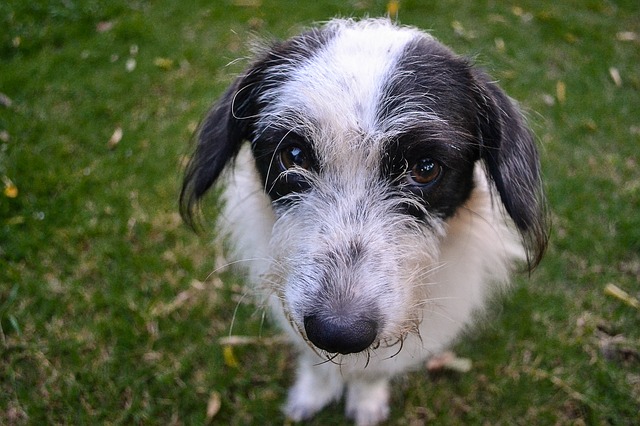It’s dog bite prevention week! Animal Wellness Magazine turned to dog bite expert Joan Orr for more information on how to prevent canine aggression:
AW: Dog bites usually occur when a dog is anxious or upset. How can you tell what a dog is feeling?
JO: Animals communicate through body language. They talk with their ears, tails and facial expressions, as well as through body posture and movement. It’s a good idea to teach yourself and especially children how to know what your dog is saying, so you can react appropriately.
AW: How can you tell if a dog is happy?
JO: A happy, friendly dog usually has his ears forward. A dog waiting for you to say hello will pant happily and wag his tail enthusiastically. To be sure an animal wants to greet you, wait for him to come to you, rather than rushing over to throw your arms around his neck or pick him up.
AW: What if the dog seems worried or anxious?
Like people, dogs sometimes worry about what will happen next. They can’t understand words, so instead they watch us. Putting on your coat is a sure sign of an outing. But is your dog going too? If he’s not sure, he’ll start licking his chops and yawning. This doesn’t mean he’s hungry or bored; he’s actually worried about being left behind. Dogs, cats and other pets may yawn or lick when a child approaches or touches them. Be sure to intervene and redirect the child to another activity.
Another sign of anxiety in various animals is the forepaw lift. For example, a dog may lift one paw to show he is worried about an approaching toddler. This is a good time to distract the toddler before the animal takes matters into his own paws.
AW: Is it okay for a child to hug a happy dog?
JO: An important sign of anxiety in dogs is what we call the “half moon eye”. This is a pleading expression in which the white of the eye shows in a half moon shape. If you are a parent with a dog, you have undoubtedly seen this look during a dog-child interaction. Specifically, if your child hugs your dog, the dog is very likely to show the half moon eye. Many parents see this as cute and an indication that the dog is good with children. In truth, a dog showing this expression is very anxious, wishes to be left alone, and is not enjoying the hug. The dog may tolerate hugs for weeks, months or even years before biting as a last resort. People are often mystified by this sudden aggression, when in fact the animal has been communicating his discomfort for a long time.
AW: How can you prevent this type of anxiety in dogs?
JO: Pick up a leash or toy and you will see panting, happy dancing and a wagging tail. On the other hand, if you push down on the dog’s rump to make him sit, or pull up on his collar (even gently), you will most likely see one of the anxiety signs. You can have a happier dog (or any other animal) by watching for body language signs and trying to minimize experiences that cause anxiety. If the dog is trained, try the “sit” command and give him a chance to obey. He’ll most likely happily comply without the leash pull or hand on his rump.
AW: You mentioned that a wagging tail indicates a happy dog. What about different tail positions?
JO: Dogs do a lot of talking with their tails. A raised tail is a serious warning. The dog is saying, “Back off! Don’t mess with me.” Many dogs raise their tails to each other when trying to decide whether they will get along or fight.
Other types of tail talk in dogs include:
- the propeller wag (happy)
- the whole body wag (happy)
- the slow deliberate wag with tail held high or level with the back (danger of attack)
- the tail between the legs wag (worried – stay away from this one)
- the tail curved slightly and wagged loosely (happy)
AW: Any further advice for our readers when it comes to preventing dog bites?
JO: Pay close attention to the way your family interacts with your dog and other animals, and try to guess how the animal is feeling. Watch how your animals interact and communicate with each other as well. This can be a fun game for the family and will lead to a better understanding and improved relationship.
By carefully watching dogs, as they watch us, we can discover what makes them happy or anxious. Everyone’s lives will be enhanced as we learn to avoid situations that make our four-legged friends uncomfortable or unhappy, and reduce the risk of an accident with a child or visitor.







